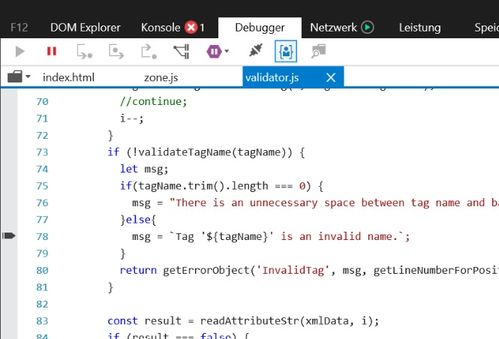Can You Use an Orbital Sander to Sand Floors?
When it comes to sanding floors, many people wonder if an orbital sander is a suitable tool for the job. In this article, we will delve into the details of using an orbital sander for floor sanding, exploring its benefits, limitations, and the best practices to ensure a smooth and efficient sanding process.
Understanding Orbital Sanders

An orbital sander is a versatile tool that features a random orbital motion, which provides a more consistent and less aggressive sanding action compared to a traditional drum sander. This motion helps to reduce the risk of swirl marks and provides a more uniform finish.
Orbital sanders come in various sizes, with the most common being 5-inch and 6-inch models. The size you choose will depend on the type of floor you are sanding and the amount of space you need to cover.
Benefits of Using an Orbital Sander for Floor Sanding

1. Ease of Use: Orbital sanders are generally easier to maneuver and control compared to drum sanders. This makes them a great choice for DIY enthusiasts and professionals alike.
2. Reduced Swirl Marks: The random orbital motion of an orbital sander helps to minimize the risk of swirl marks, which can be a common issue with drum sanders.
3. Versatility: Orbital sanders can be used on various types of floors, including hardwood, laminate, and even some types of tile.
4. Cost-Effective: While orbital sanders may not be as powerful as drum sanders, they are generally more affordable and easier to maintain.
Limitations of Using an Orbital Sander for Floor Sanding

1. Less Effective on Large Surfaces: Orbital sanders are best suited for smaller areas or tight spaces. For larger floors, a drum sander may be a more efficient choice.
2. May Not Remove Deep Scratches: If your floor has deep scratches or gouges, an orbital sander may not be able to remove them completely. In such cases, a drum sander or a belt sander may be more effective.
3. May Require Multiple Passes: Depending on the condition of your floor, you may need to make multiple passes with an orbital sander to achieve the desired level of smoothness.
Best Practices for Using an Orbital Sander for Floor Sanding
1. Choose the Right Sandpaper: Use sandpaper with a grit size that matches the condition of your floor. For example, start with a coarse grit (e.g., 40-60) to remove existing finish or imperfections, and then switch to a finer grit (e.g., 100-120) for a smooth finish.
2. Maintain a Consistent Pressure: Apply even pressure while sanding to ensure a uniform finish. Avoid pressing too hard, as this can cause the sandpaper to clog and leave marks.
3. Work in Small Sections: Divide your floor into smaller sections and sand each section thoroughly before moving on to the next. This will help you maintain a consistent finish and make it easier to spot any missed areas.
4. Ventilation: Sanding can produce a significant amount of dust, so it’s important to work in a well-ventilated area or use a dust mask and a shop vacuum to minimize exposure to airborne particles.
Conclusion
In conclusion, an orbital sander can be a valuable tool for floor sanding, especially for smaller areas or tight spaces. While it may not be suitable for all types of floors or large surfaces, its ease of use, versatility, and affordability make it a popular choice among DIY enthusiasts and professionals. By following the best practices outlined in this article, you can achieve a smooth and efficient sanding process with your orbital sander.
